EA, The Apple iPhone 13 Pro 128gb features the biggest Pro camera system upgrade ever. Super Retina XDR display with ProMotion for a faster, more responsive feel. Lightning-fast A15 Bionic chip. Superfast 5G. Durable design and a huge leap in battery life.
The all-new iPhone 13 Series unleashes the power of 5G network, tapping into Extended Range 5G for broad coverage and Ultra Capacity 5G for super-fast speeds in more places. Thanks to the new Ultra Capacity 5G icon, shown for the first time on the iPhone 13, you’ll be able to see when you’re located in an area with 5GUC coverage. Explore iPhone 13 specifications, reviews, and shop the available colors and storage sizes today.
the Apple iPhone 13 Pro and iPhone 13 Pro Max are Apple’s newest high-end pro-level flagship iPhones and are being sold alongside the more affordable iPhone 13 and iPhone 13 mini. The iPhone 13 Pro and iPhone 13 Pro Max are ideal for those who want iPhones with the most features and the best cameras.
The 6.1-inch iPhone 13 Pro is the successor to the iPhone 12 Pro, while the 6.7-inch iPhone 13 Pro Max is the replacement for the iPhone 12 Pro Max. Both of the new iPhone 13 Pro models are nearly identical in design to the iPhone 12 Pro models, featuring flat edges, a stainless steel frame, a textured matte glass back, and a slight increase in thickness (7.65mm). The iPhone 13 Pro models are available in Silver, Gold, Sierra Blue, and Graphite.
Both of the new models feature OLED Super Retina XDR Displaysthat support ProMotion technology with adaptive refresh rates ranging from 10Hz up to 120Hz, much like the iPad Pro models. The displays are up to 25 percent brighter outdoors.
The Apple iPhone 13 Pro has a 2532×1170 resolution with 460 pixels per inch, while the iPhone 13 Pro Max has a 2778×1284 resolution with 458 pixels per inch. Both iPhones feature 1200 nits max brightnessfor HDR, along with True Tone to match the color temperature of the display to the ambient light, Wide Color for rich, vivid hues, and Haptic Touch for feedback.
The front-facing TrueDepth camera system has been updated and the Face ID notch is now smaller, taking up less overall space. Like last year’s models, the iPhone 13 Pro and 13 Pro Max feature a Ceramic Shield cover glass that is infused with nano-ceramic crystals for better protection from drops. IP68 water and dust resistance is included, and the new iPhones can hold up to submersion in 6 meters of water for up to 30 minutes.
An upgraded A15 Bionic Chip powers the new iPhones. It features a 6-core CPU with 2 performance cores and 4 efficiency cores and a 5-core GPU, which is one more GPU core than is available in the iPhone 13 models. There’s also a 16-core Neural Engine. The 5-core GPU offers 50% faster graphics performance than any other smartphone chip.
There’s an upgraded triple-lens rear camera with an f/2.8 Telephoto lens, an f/1.5 Wide lens, and an f/1.8 Ultra Wide lens. The Wide lens features an aperture that lets in 2.2x more light and the largest sensor in an iPhone yet, while the Ultra Wide lens lets in 92 percent more light for better low-light performance.
Ceramic Shield
Apple is continuing to use the “Ceramic Shield” material that delivers better drop protection for the Apple iPhone 13 512gb and the other 13 models. The Ceramic Shield display cover is made by infusing nano-ceramic crystals into glass. The ceramic crystals were manipulated to optimize for clarity while maintaining toughness, with the display created in partnership with Corning.
According to Apple, Ceramic Shield is tougher than any smartphone glass, with a dual-ion exchange process ensuring protection against scratches and everyday wear and tear.
A15 Bionic Chip
All of the iPhone 13 models use Apple’s new A15 chip, which offers performance and efficiency improvements over the A14 chip used in the iPhone 12. There are two performance cores and four efficiency cores, and the A15 chip in the iPhone 13 models is only surpassed by the version in the iPhone 13 Pro models.
The A15 chip in the iPhone 13 and 13 mini features a 4-core GPU, which is one less core than is available in the iPhone 13 Pro and Pro Max. For this reason, the iPhone 13 Pro and the Pro Max offer the fastest GPU performance, but the standard iPhone 13 models aren’t too far behind.
The iPhone 13 Pro models offer 50 percent faster graphics performance compared to the iPhone 12 Pro models, while the iPhone 13 models offer 15 percent faster graphics performance.
TrueDepth Camera and Face ID
For biometric authentication purposes, the iPhone 13 models use Face ID, the facial recognition system that was first introduced in 2017. Face ID components are housed in the TrueDepth camera system in the display notch, which is smaller this year.
Face ID is used across iOS tasks for unlocking the iPhone, allowing access to third-party passcode-protected apps, confirming app purchases, and authenticating Apple Pay payments.
Face ID works through a set of sensors and cameras. A Dot Projector projects more than 30,000 invisible infrared dots onto the surface of the skin to create a 3D facial scan that maps the curves and planes of each face, with the scan read by an infrared camera.
The facial depth map is relayed to the A15 chip where it is transformed into a mathematical model that the iPhone uses to authenticate identity. Face ID works in low light and in the dark, and with hats, beards, glasses, sunglasses, scarves, and other accessories that partially obscure the face.
For face masks, which do not work with Face ID, there’s an “Unlock with Apple Watch” feature for convenience. Unlock with Apple Watch allows iPhone users to take advantage of an unlocked and authenticated Apple Watch as a secondary authentication measure to unlock their devices when wearing a mask. It can’t be used to authenticate Apple Pay or App Store purchases, and it can’t unlock apps that require a Face ID scan. In these situations, a mask needs to be removed or a passcode needs to be used instead.
What is eSIM?
eSIM technology allows you to add a cellular plan to your Apple iPhone 13 512gb, without using a physical SIM card. Carrier-connected iPhone 13 and iPhone 13 Pro models will arrive ready to activate with eSIM. You will need a Wi-Fi connection for setup.
If you choose to connect to a carrier after you buy your iPhone, you will need to contact your carrier to activate with an eSIM.*
* Use of eSIM requires a wireless service plan (which may include restrictions on switching service providers and roaming, even after contract expiration). Not all carriers support eSIM. Use of eSIM in iPhone may be disabled when purchased from some carriers. See your carrier for details.
What’s in the box
- Apple iPhone 13 Pro
- USB-C to Lightning Cable
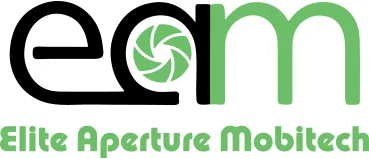
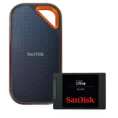
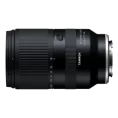
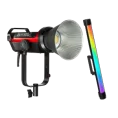








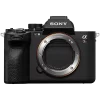
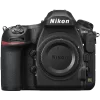
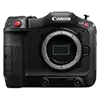
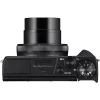
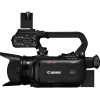
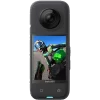
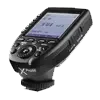
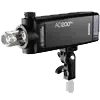
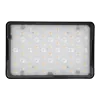
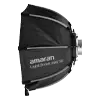
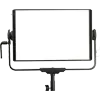
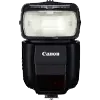
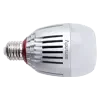
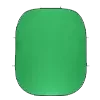
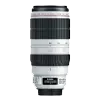
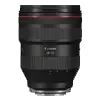
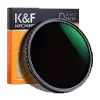
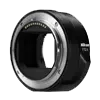
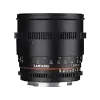

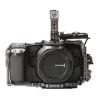
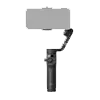
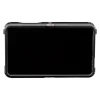
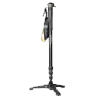

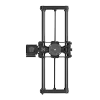
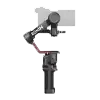
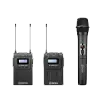
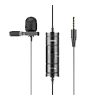
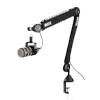
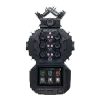
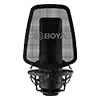
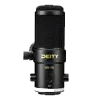
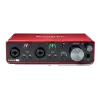
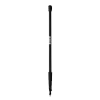
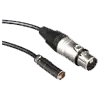
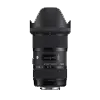
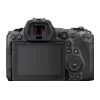
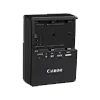
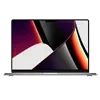
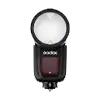
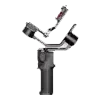
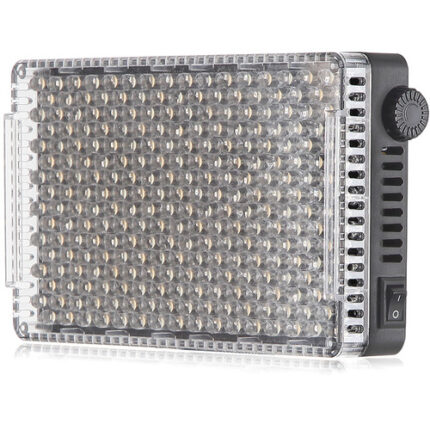
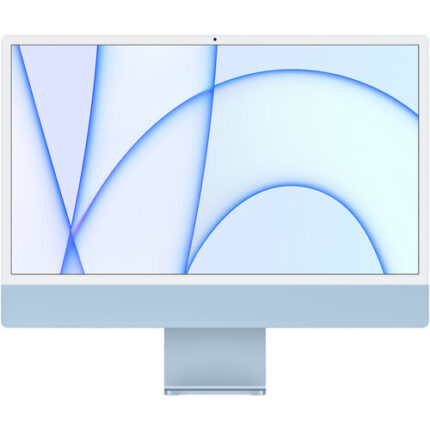
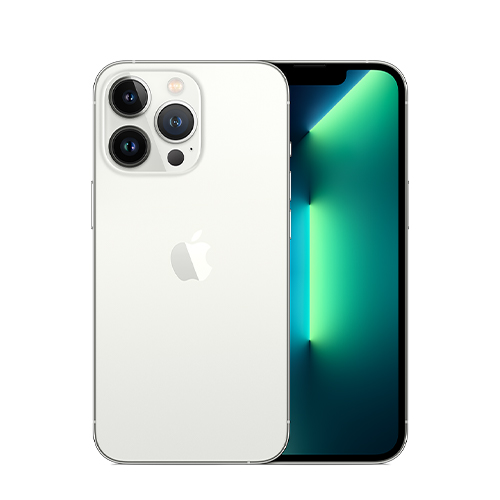
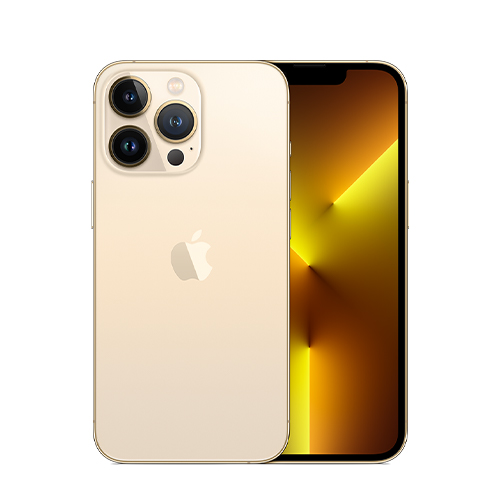
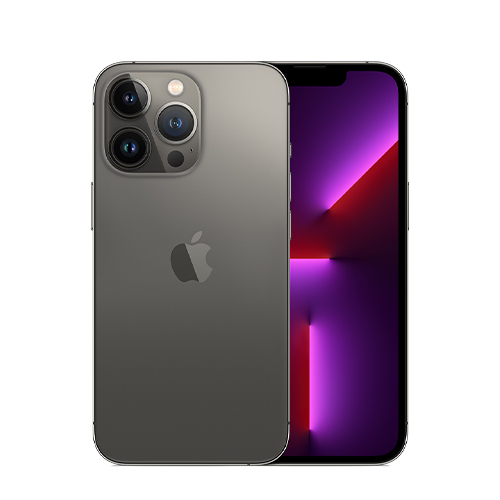
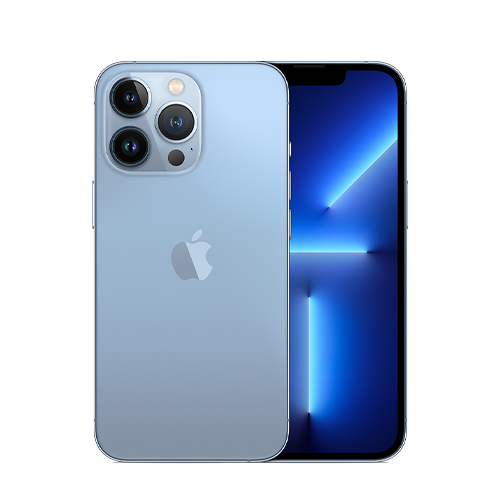
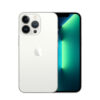
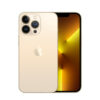
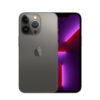
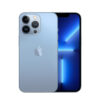

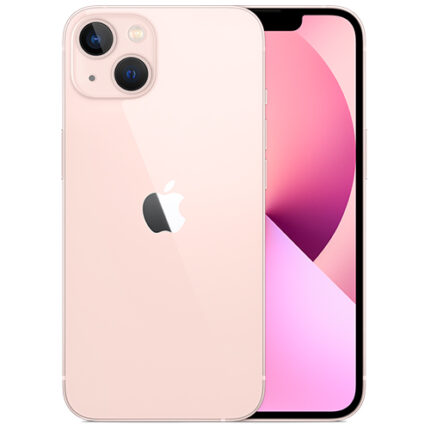
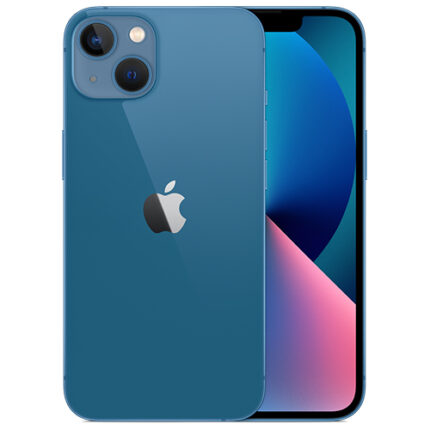
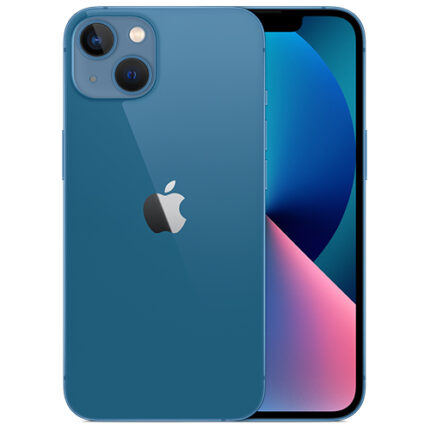
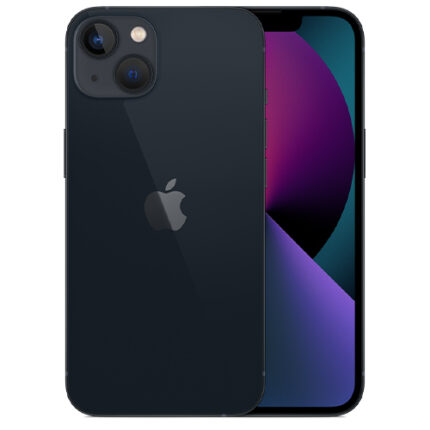
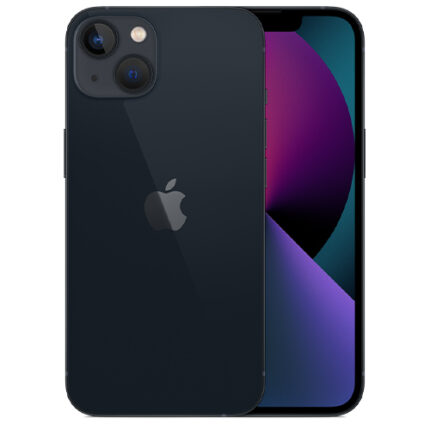

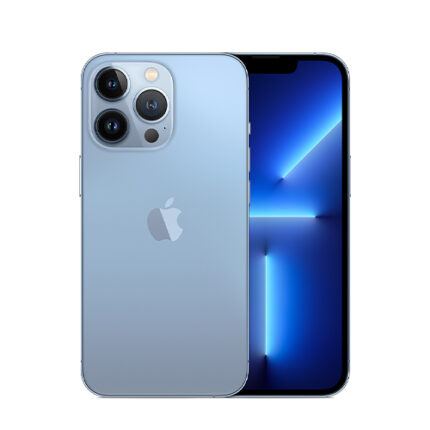
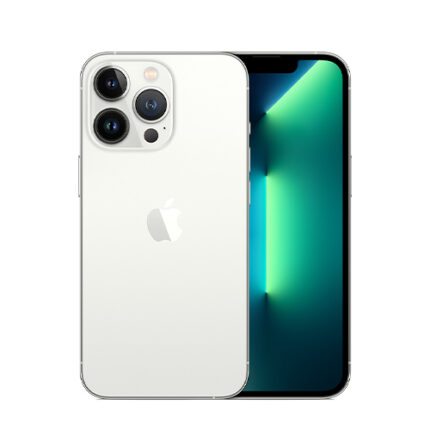
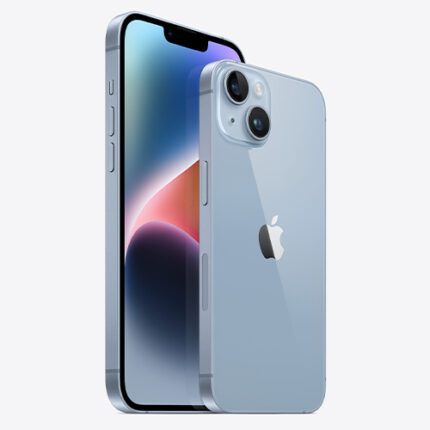
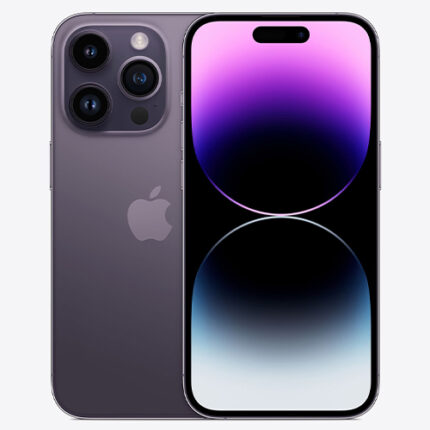
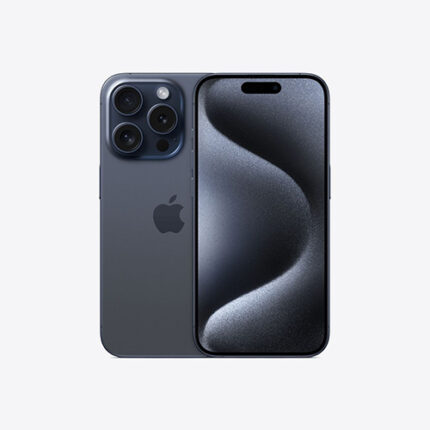
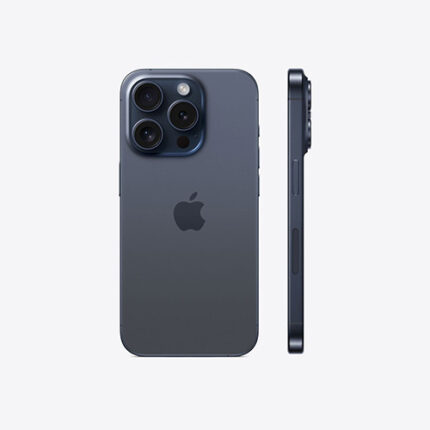
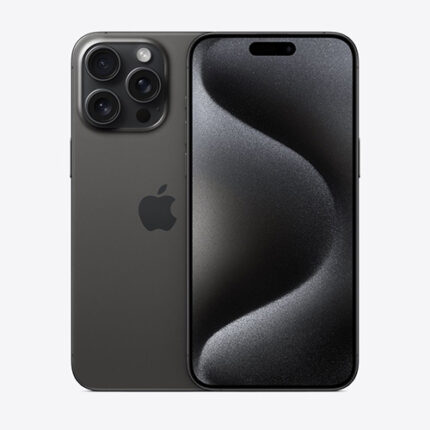
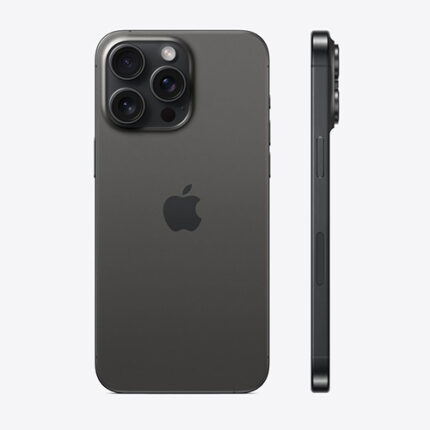

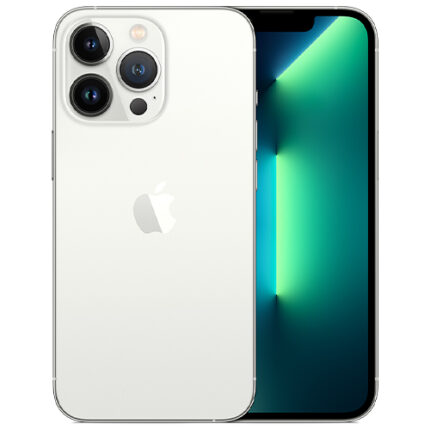
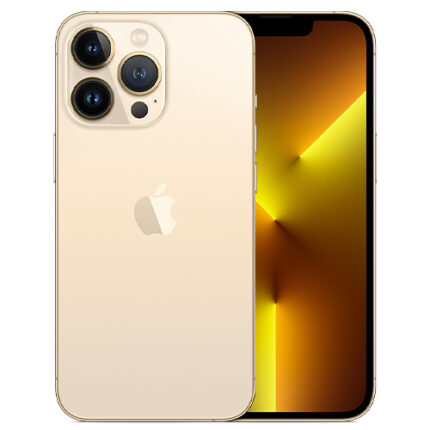
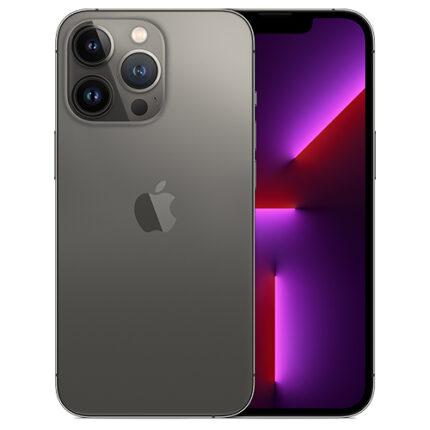















































































Reviews
There are no reviews yet.